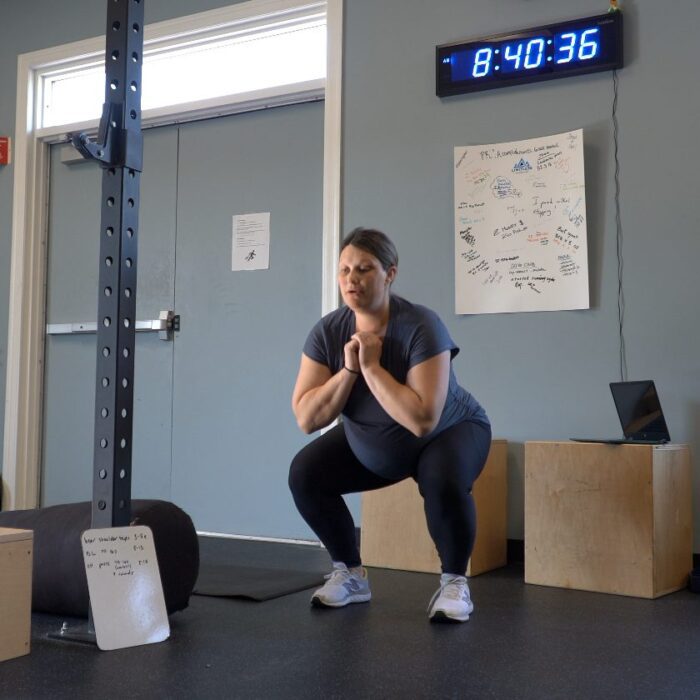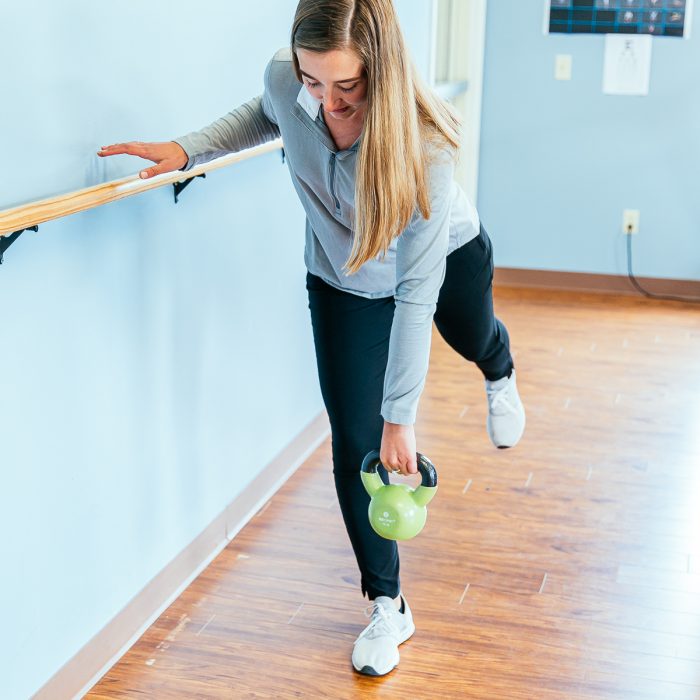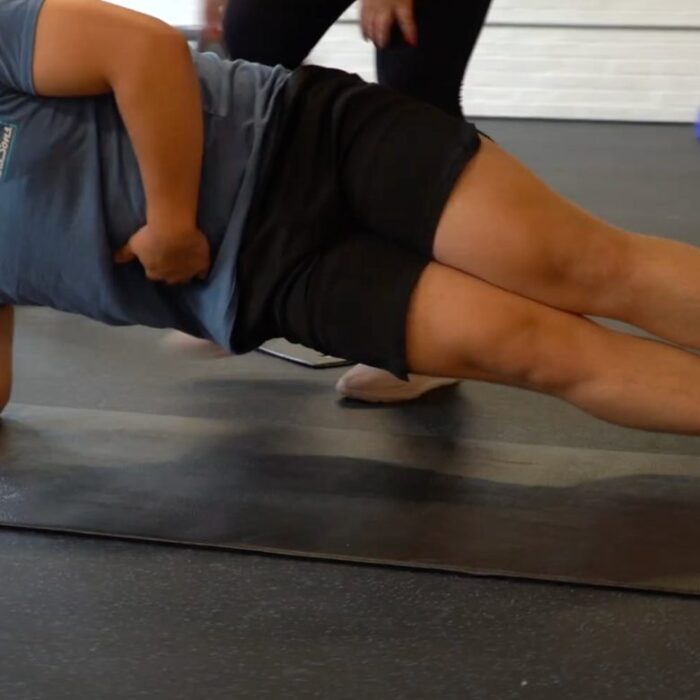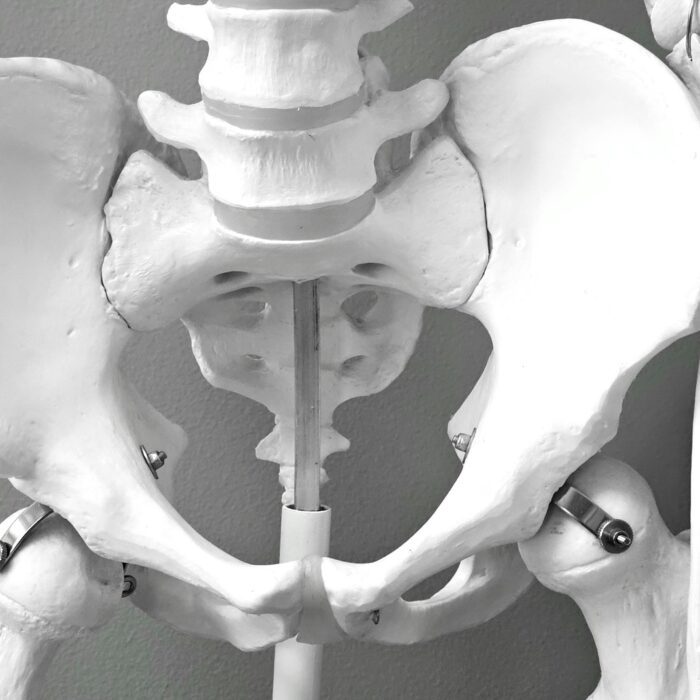Back pain is one of the leading reasons Americans miss work, and herniated discs are among the most common culprits. According to the American Association of Neurological Surgeons, herniated discs account for a significant percentage of spinal injuries in adults under 50. For patients in Rochester and surrounding areas, this condition doesn’t just mean pain — it often disrupts sleep, limits mobility, and makes simple activities like lifting a grocery bag or driving a car feel overwhelming.
The good news? Most people don’t need surgery. Herniated disc physical therapy offers a safe, proven path to reduce pain, improve mobility, and return to normal life faster.
What Is a Herniated Disc and How Does It Affect You?
A herniated disc happens when the soft cushion between vertebrae bulges or ruptures, pressing on surrounding nerves. It most often affects the lower back (lumbar spine), where constant movement and weight-bearing make discs more vulnerable.
Common Causes of a Herniated Disc in the Lower Back
-
Age-related degeneration: Discs naturally lose water content and flexibility over time, increasing injury risk (AAOS).
-
Improper lifting: Twisting or using the back instead of the legs when lifting heavy objects (NYP).
-
Trauma: Sudden accidents or falls that damage spinal structures (NCBI).
-
Excess weight: Added pressure on lumbar discs, especially during movement (Mayo Clinic).
-
Repetitive strain: Jobs requiring bending, twisting, or lifting throughout the day.
-
Sedentary lifestyle: Weak core muscles reduce spinal support.
-
Smoking: Cuts off oxygen supply to discs, accelerating degeneration.
Daily Impacts of a Herniated Disc
-
Persistent pain: Localized or radiating into the legs (sciatica).
-
Reduced mobility: Difficulty bending, standing, or walking long distances.
-
Muscle weakness: Affects grip, lifting, or walking stability.
-
Work limitations: Lost productivity from both desk and physical jobs.
-
Mental health: Pain often leads to anxiety, depression, and social withdrawal.
-
Sleep disruption: Pain peaks at night, leading to fatigue.
Key Causes and Impacts of Herniated Disc
| Cause | Impact on Daily Life |
|---|---|
| Age-related degeneration | Pain, stiffness, sleep disruption |
| Improper lifting | Acute injuries, long-term strain |
| Excess weight | Chronic lower back pain |
| Repetitive strain | Work limitations, daily discomfort |
| Sedentary lifestyle | Weak core, higher reinjury risk |
| Smoking | Faster disc breakdown |
Takeaway: A herniated disc affects far more than your back. It can limit every part of your life — from your ability to work to your energy to enjoy time with family.
Common Herniated Disc Symptoms to Watch For
Patients often search for symptoms before they ever see a doctor. The most common include:
-
Localized back pain that worsens with sitting, coughing, or bending (NYC Spine).
-
Radiating pain down the leg (sciatica) — the most recognizable symptom, caused when the disc presses on the sciatic nerve (NYP).
-
Numbness or tingling in the buttock, leg, or foot (Cleveland Clinic).
-
Muscle weakness, making it harder to lift or walk.
-
Difficulty with movement, including bending, standing, or sitting for long periods.
Herniated Disc vs. Sciatica: What’s the Difference?
-
Herniated discs cause both localized back pain and nerve-related pain.
-
Sciatica is specifically the nerve pain radiating into the leg and foot.
-
Both share overlapping symptoms: numbness, tingling, weakness.
Herniated Disc vs Sciatica Symptoms
| Symptom | Herniated Disc | Sciatica |
|---|---|---|
| Local back pain | Very common | Sometimes |
| Radiating leg pain | Common | Core feature |
| Numbness/tingling | Common | Common |
| Muscle weakness | Common | Common |
| Foot drop | Rare | Possible |
If your pain radiates below the knee, it’s often more than “just back pain” — it may be sciatica caused by a herniated disc.
How Physical Therapy Treats a Herniated Disc Safely
Herniated disc physical therapy is considered the first line of care. Research shows it delivers long-term outcomes similar to surgery but avoids the risks (ChoosePT).
Key Treatment Methods
-
Manual Therapy: Mobilization and techniques that reduce pain and restore movement (NCBI).
-
Targeted Exercise: Back extensions, core strengthening, and stretches restore spinal stability (Medical News Today).
-
Education: Posture training, ergonomic advice, and safe movement strategies (Hinge Health).
-
Pain Management: Heat, ice, pacing activity, and breathing exercises.
Recovery Timeline
-
Days 1–7: Gentle walking and mobility encouraged.
-
Weeks 2–4: Light exercise begins, including stretching.
-
Weeks 8–12: Progressive strengthening and functional training.
-
By 12 weeks: Up to 68% reduction in pain with consistent therapy (Spine.md).
Most patients notice improvements within 2–6 weeks and return to full activity in about 3 months.
Herniated Disc Physical Therapy Near Me: Why Choose Limitless
If you’re searching for sciatica physical therapy near me or physical therapy for back pain, Limitless PT has been the trusted choice for over 15 years in the Rochester region.
Locations
-
Victor – 6534 Anthony Drive Suite C
-
Brighton – 2561 Lac DeVille Blvd Suite 100
-
Greece – 91 Erie Canal Drive Suite E
-
Cortland – 165 Main St Suite 5A
Why Limitless?
-
Treated over 5,000 athletes and patients.
-
Specialization in spine, sports, and nerve conditions.
-
Proven outcomes: high patient satisfaction, long-term relief.
-
Local, community-driven care with a modern approach.
Local Case Example
A Victor patient came in unable to sit for longer than 20 minutes due to lower back pain radiating into his leg. After 10 weeks of guided therapy — including manual work, core stabilization, and ergonomic training — he returned to full-time work without pain.
Many of our Brighton and Greece patients discover the same: you don’t have to live with limits.
Quick Q&A
Q: How long does herniated disc physical therapy take?
A: Most patients see improvement within 4–12 weeks, with early relief often starting in 2–6 weeks.
Q: Is physical therapy better than surgery for a herniated disc?
A: For most patients, yes. Long-term results are similar, but PT avoids surgical risks.
Q: Can PT help with sciatica caused by a herniated disc?
A: Yes. Sciatica is often caused by herniated discs, and PT is one of the most effective treatments.
You don’t have to keep living with back pain. Herniated disc physical therapy at Limitless can help you get back to doing the things you love with the people you love.
Call your nearest Rochester-area clinic today or visit limitlesspts.com to schedule your evaluation.
Ready to live a life without limits? Start your recovery today.











